A leper colony sounds about as exploitative as an orphanage as a tourist attraction. But if you happen to be in Quy Nhon in central Vietnam, a visit to the old Quy Hoa leprosarium need not be tacky or exploitative.
And it’s not really a “leper colony” since Vietnam’s leprosy problem is contained and there is no quarantining of sufferers. The remaining lepers at Quy Hoa are sufferers from long ago.
Quy Hoa centre dates back to the 1920s and French colonial times. It was operated by Franciscan sisters until 1975 and is located on a picturesque slice of beach just south of Quy Nhon.
It’s an area that’s set to become another major tourism destination in the years ahead - though we’re hoping these beaches will be spared the hyper-development that is has plagued the first wave of Vietnam’s beach destinations, from Nha Trang to Danang to Phu Quoc.
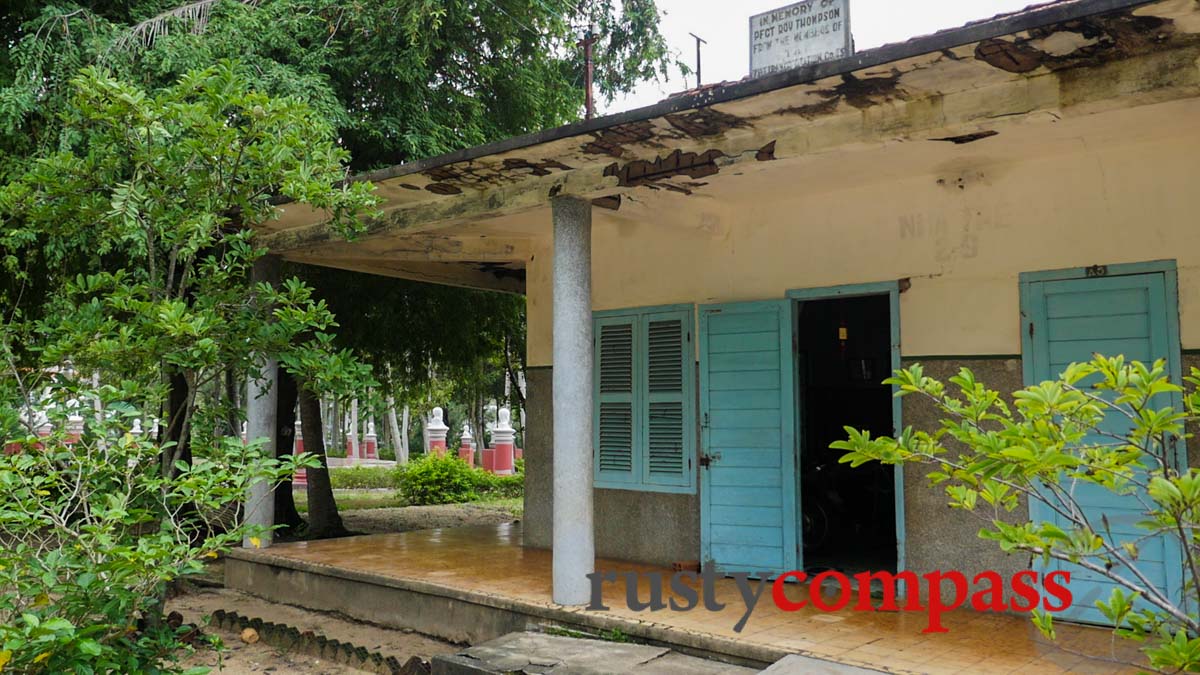
Photo: Mark Bowyer Troy Thompson plaque, Quy Hoa, Quy Nhon
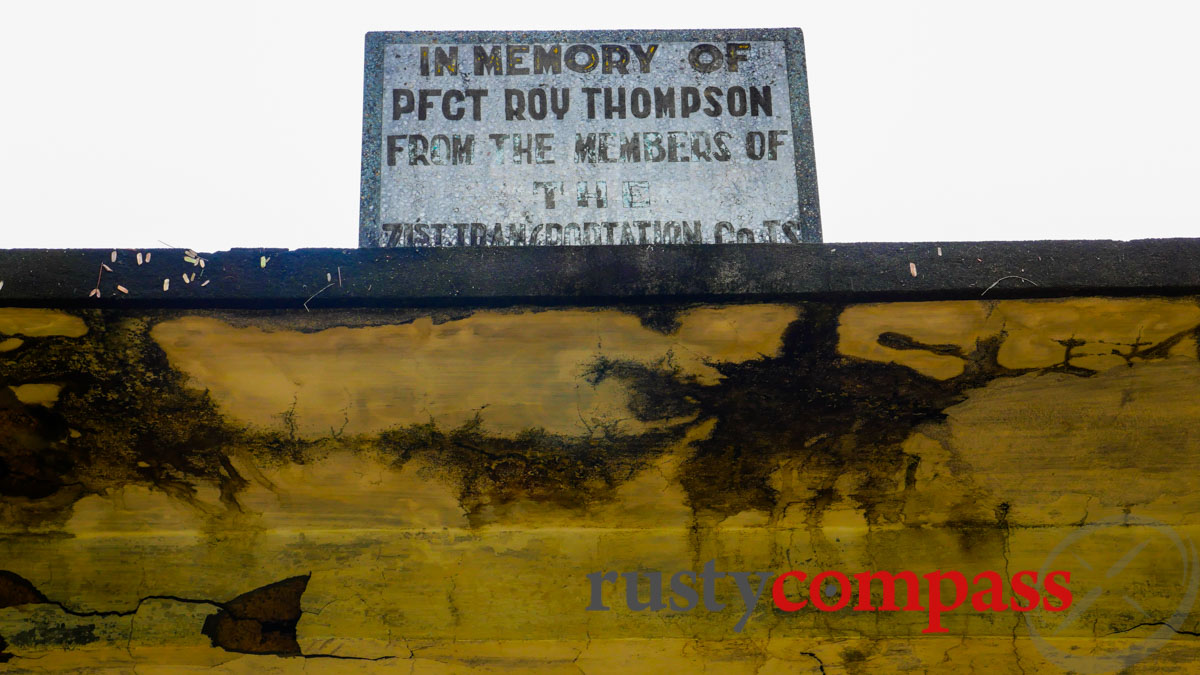
Photo: Mark Bowyer Troy Thompson plaque, Quy Hoa, Quy Nhon
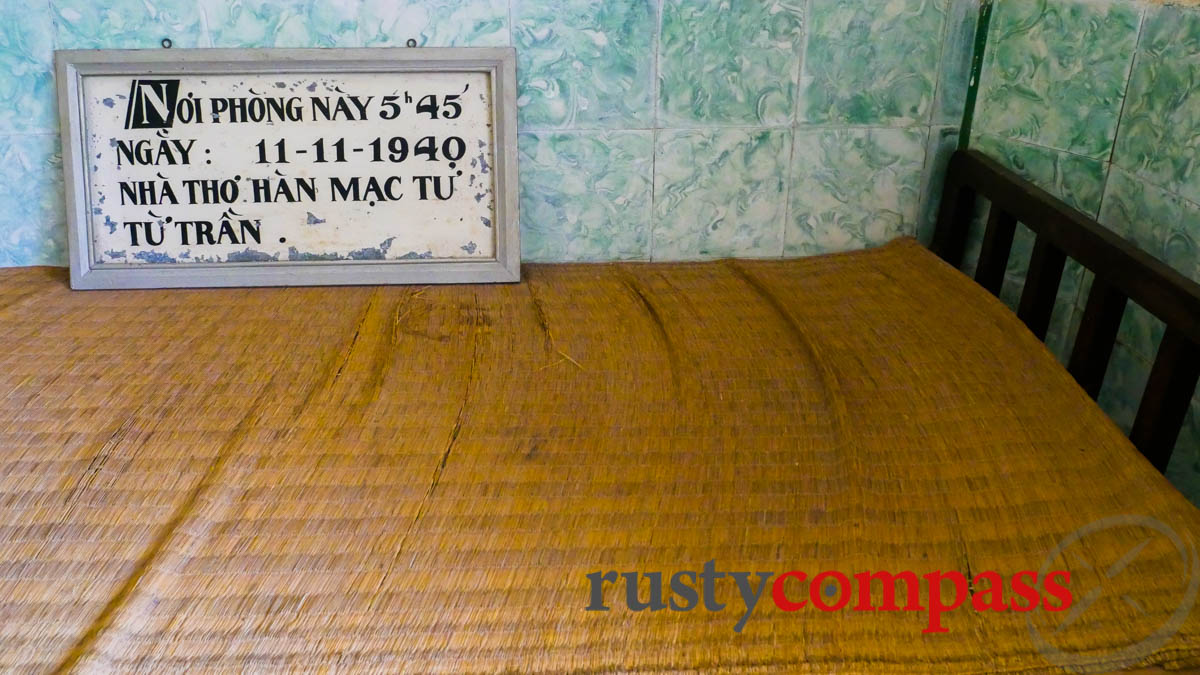
Photo: Mark Bowyer Han Mac Tu's final days were spent here. Quy Hoa, Quy Nhon
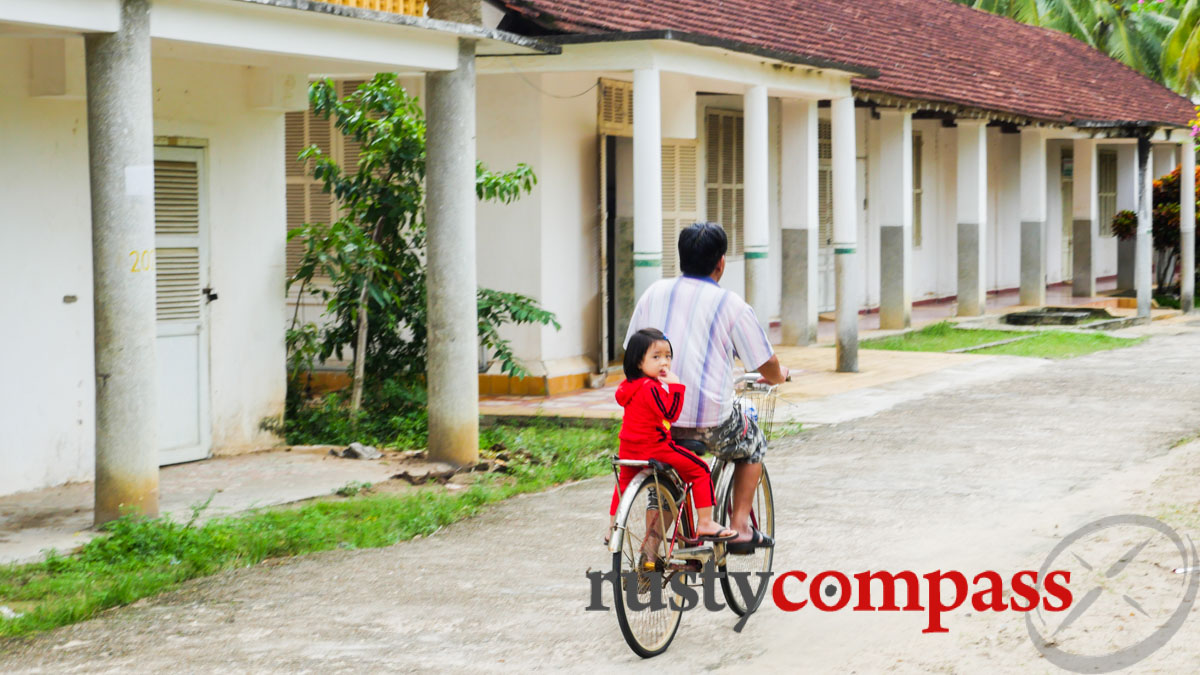
Photo: Mark Bowyer Quy Hoa leper colony, Quy Nhon
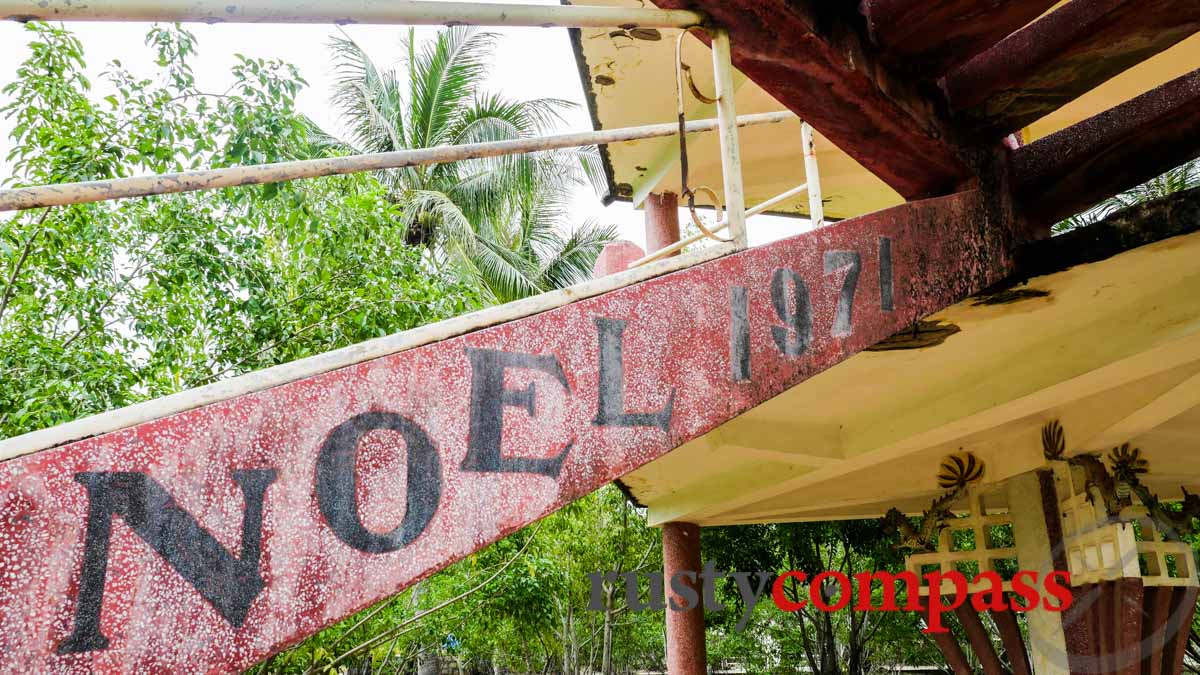
Photo: Mark Bowyer Quy Hoa leper colony, Quy Nhon
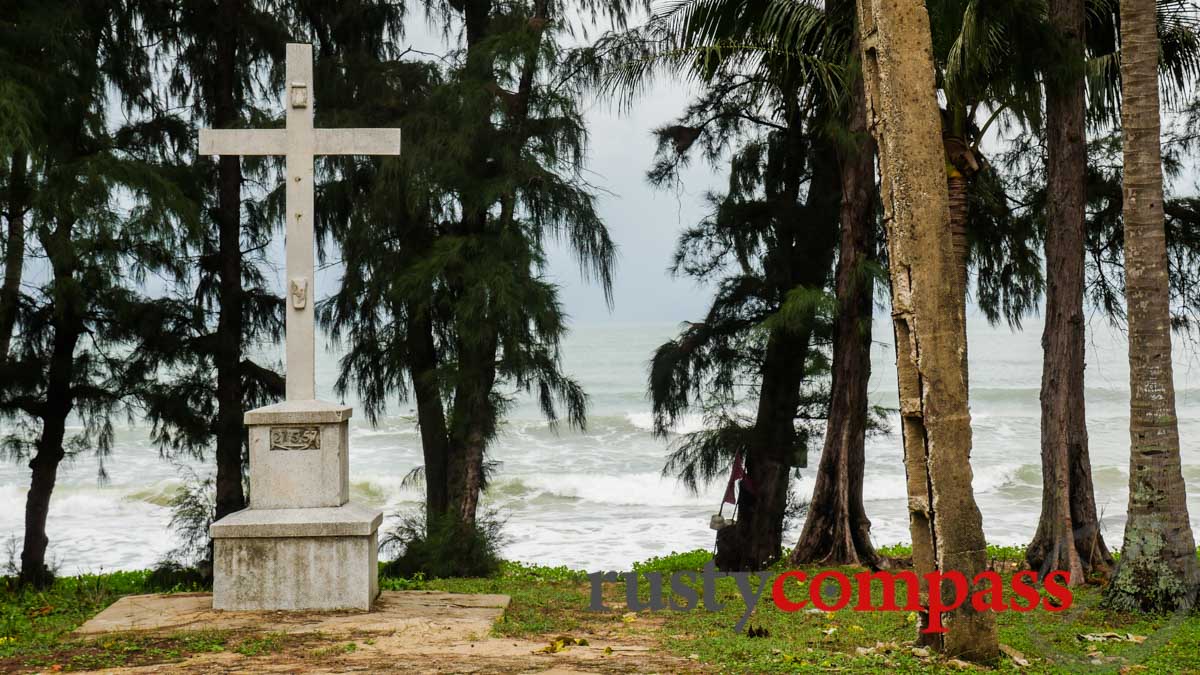
Photo: Mark Bowyer Quy Hoa leper colony, Quy Nhon
These days Quy Hoa feels more like a serene beachside village than a leper colony.
It’s a fascinating spot.
One of Vietnam’s most famous literary figures, Han Mac Tu, was a leprosy patient here during the final three years of his life. The room in which he died in 1940 is a simple shrine and he’s buried nearby too.
The “colony” is a simple collection of structures that mix French colonial and Vietnamese modernist styles. It’s a quaint little place with a unique old-world feel.
There are some other interesting structures. One has the only commemoration of a US servicemen I’ve ever seen on Vietnamese soil (excepting one in the grounds of the old Embassy in Saigon - now the US Consulate). I haven’t been able to work out Troy Thompson’s connection with the Quy Hoa centre, but he’s remembered in a plaque on one of the buildings. Thompson drowned in the months after the arrival of the first US troops in 1965.
For more on Quy Hoa, check out the video and this link.

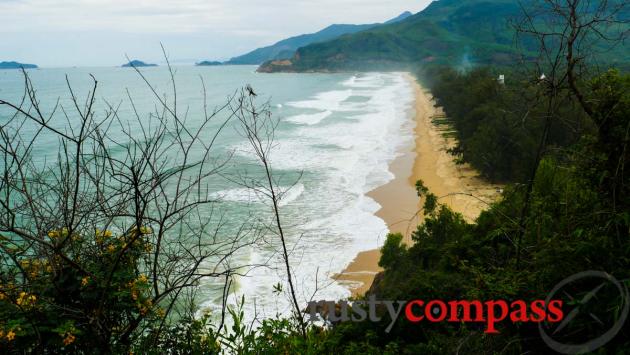



There are no comments yet.